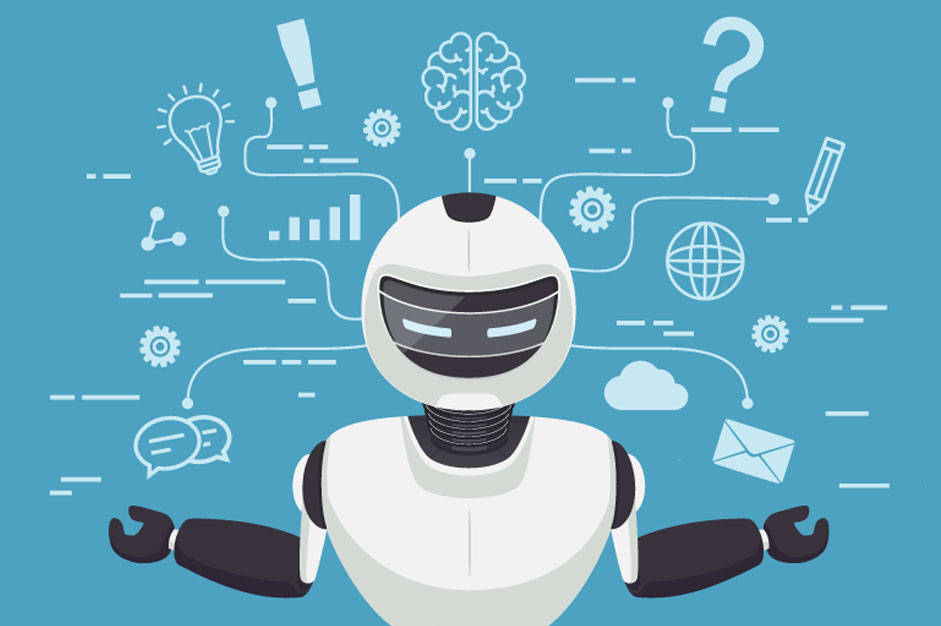Why AI Is the New Battleground for Brand Marketers
Embracing consistency and effective frequency.
Most brand experiences will be delivered through AI by 2025. The only question is whether your brand will still exist.
Some perspective: When Ray Kroc walked into the McDonald brothers’ restaurant in 1954, he was taken aback with the efficiency and replicability of the facility. That evening, “visions of McDonald’s restaurants dotting crossroads all over the country paraded through [his] brain.” McDonald’s lore never mentions what Kroc thought of the actual food, because he wasn’t selling food. He was selling consistency.
Kroc eventually fulfilled this dream, launching a franchise operation that spread McDonald’s all over the country at the same time the Interstate Highway Act was being passed. Just when Americans were hitting the roads in droves, Kroc was there with a dining experience that was consistent whether you were in Sacramento, Calif., or Durham, N.C.
Fast-forward to the present, and brand marketers have a similar opportunity. There has been a lot of talk about AI this year. Forget the nuts and bolts of the technology for a second. Pay attention to what your customers are doing. Today’s internet is a lot like American culture after the interstates were built: we’re scattering across a vast expanse of real estate and there are no discernible patterns in the chaos.
AI brings order to this chaos. It creates brand consistency wherever digital volatility once maddened marketers. Just as marketers are growing weary, AI is bringing brand marketing back from the precipice of irrelevance. You may think I’m overstating the importance of AI to brand marketing, but you’re underestimating my claim. From now on, AI is brand marketing and brand marketing is AI.
Embrace consistency
Every day there’s another article about AI and its power of personalization. They’re not wrong. As customers hand over more and more data and the technology to decipher that data improves, they expect brand interactions to be more personalized. But first you need to earn enough repeat business from a customer to get accurate data for personalization. Consistency transcends the bells and whistles allure of personalization. Consistency is elemental.
In a world with more brands, channels and customer touch points than ever before, customers are inundated with the new and different. The more we flood them with change, the more they long for consistency. A recent Salesforce report on the “State of the Connected Customer” revealed that 81 percent of consumers expect the same level of service every time they interact with a company across different channels. AI helps you combat the challenges the digital revolution created; it creates consistency in even the most inhospitable environments. And when you deliver consistently, customers are happy and they keep coming back.
Effective frequency
Effective frequency is the number of times someone needs to be exposed to an advertising message before he or she acts upon it. Traditionally, advertisers talked about the Rule of Seven—arguing the magic number for effective frequency was seven times. The Rule of Seven was based largely on research dating back to the late 1800s. More recent research studies have shown the number is on the rise.
In 2015, Martin Eisend and Susanne Schmidt pegged the new average number at 10. Depending on the market and the product, some studies suggest that effective frequency could be nearly as high as 30.
There’s plenty of debate around effective frequency, but most marketers agree that the modern landscape is marked by a continuous battle for the consumer’s attention. There’s now a relentless push to diversify ad channels as marketers desperately seek to get their brand a new touch point with the customer. Just look at how the advertisers flooded into social—Facebook and Google now have almost complete ownership of online advertising.
As the bar for effective frequency gets raised, the risk of inconsistent brand experiences multiplies. So how can a small team of marketers ever hope to deliver a consistent message across so many channels?
That’s where AI is already starting to step up. We’re seeing new AI-powered tools for ad analytics that can predict the efficacy of ad buys on programmatic platforms and AI-fueled enhancements to ad targeting across all platforms. In short, AI has infiltrated both advertising and experiential marketing disciplines by creating consistency where instability previously reigned.
The next big thing was yesterday. McDonald’s proved the value of repeatability and consistency. As time went on, McDonald’s veered off course with bloated product offerings that hurt the brand in an attempt to create more personalization, more choice, more variety. Eventually, the chain decided to pare down and get back to basics, creating a menu that mirrored customers’ expectations for the brand and increased replicability. What’s old is new again.
If you believe your brand has to fight to be distinct and memorable in today’s landscape, you already believe you need AI. That’s why it is the new battleground for brand marketing.
Article written by Ben Lamm
0

